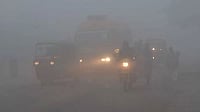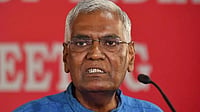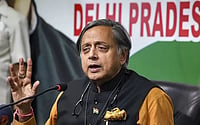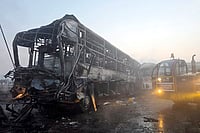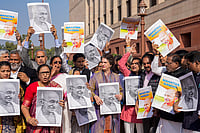This is the Tibetan story you don’t hear. For most Indians, Tibetans are frozen in cultural tableaux. People who live in ‘little Lhasas’ scattered across the country, and especially in ‘the hills’; red-and-ochre robed monks, tradespeople selling sweaters, stall-owners dishing out soups and momos. Every now and then, when a Chinese leader visits, an anniversary comes up, or when a new wave of repression is unleashed in Tibet, the tableau unfreezes and turns into that other Tibetan visual cliche—a mass of protesters with Free Tibet banners.
Beyond the cliches, however, a small, but growing number of Tibetans have been trickling out of picturesque ghettoes for vocational degree and professional education, and finding their way into the Indian mainstream. "The educational profile of the community has changed dramatically since we first took shelter in India in 1959," says Thupten Lungrik, education minister in Tibet’s government-in-exile at Dharamsala.
The adults arrived in India from a closed society untouched by modern education, but the children, and their children, went to school. School attendance is high, 3 to 4 per cent of the 1,00,000-plus Tibetan community in India are graduates, about 1.5 per cent postgraduates (these figures would be higher if only younger Tibetans were counted). Seventy per cent of Tibetans in India continue to sell sweaters but Thupten estimates that about 15 per cent now live in cities, not settlements, and work in India’s bustling service sector. Anecdotal evidence suggests this largely means nurses, flight attendants, salespeople and call-centre workers, but scattered among them are engineers, doctors, lawyers, advertising and media professionals—young Tibetans in workplaces where you wouldn’t have found them a generation ago.
A distinctive kind of modern Tibetan is Tenzing Choesang. An alumnus of the elite National Law School, Bangalore, she now works for Indira Jaising’s Lawyers Collective in Delhi. Like every Tibetan I met for this story, she feels deeply for the political cause. But her professional life is filled with other traumatic histories—of Indian women beaten up, thrown out their homes, denied maintenance, deprived of their children. The path-breaking Domestic Violence Act (DVA) took shape in this very office, and Tenzing is closely involved in tracking its implementation. Unlike most Tibetan refugee children, she went to a mainstream Indian school in Gangtok, which explains, she says, why her Tibetan is not perfect ("she speaks it like NRIs speak Hindi," teases her friend). But it also probably accounts for the ease with which she has fitted into a larger Indian space. "Do you think Gujarat is your problem?" I ask her, as she recalls college years filled with issues like Narmada, Gujarat and reservations, and making Muslim friends, because they stood out, like her. "It is definitely my problem. Every human rights violation is everyone’s problem, not just Tibet," says the young lawyer seriously.
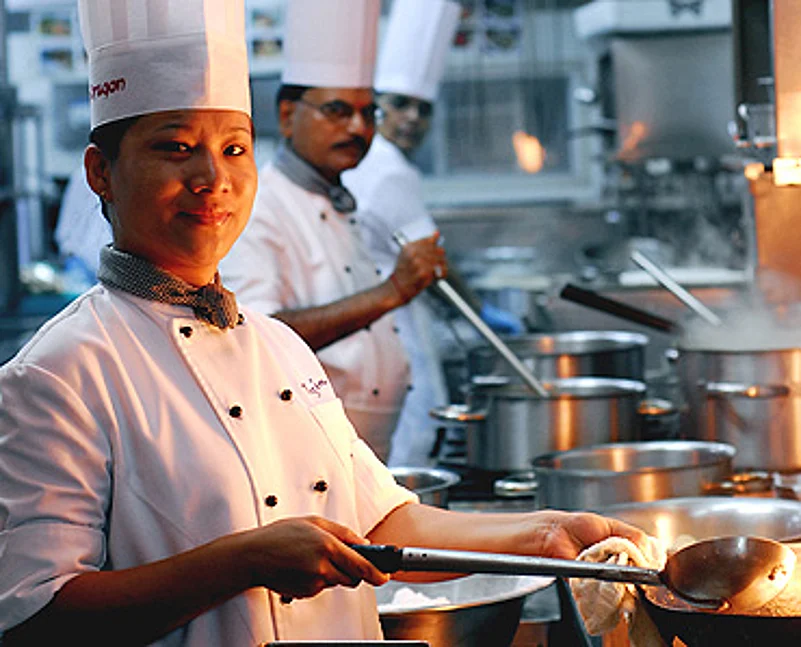
Tenzin Kalden, Choklay, 26, Chef: She grew up in Dharamsala, but became a chef at the Mumbai Taj, discovering a new life. She lights candles for Tibet, but post-26/11, also feels close to colleagues.
Tenzin Kalden Choklay’s is a different narrative. She grew up in Dharamsala, the nerve-centre of India’s Tibetan refugee community, studying in a Tibetan school. At the end of her schooldays, she recalls, she was scared to leave home. "I had never been outside Tibetan society; my communication skills weren’t great, neither in Hindi, nor English." She only left because her sisters, settled in the West (like an increasing number of young Tibetans), pushed her, telling her she needed to grow. So Tenzing found her way to a hotel management school in Mumbai, and then into the Taj Hotel, where she is now a chef. "I am a different person," she says. 26/11 was a defining experience—she was on leave at the time, but came back shocked to find colleagues dead. As the hotel remained closed, she found herself hanging about in hospitals, with the families of sick and injured colleagues. Today, she argues strongly for "more Tibetans to come into Indian society". Voicing an angst that many young Tibetans feels, she describes how deprived she feels by the lack of a proper passport, recalling how she was virtually a prisoner for two days at Dubai airport, because her refugee papers weren’t recognised.

Tenzing Namdhak, 27, Banker: Like many young Tibetans, he crisscrossed India in search of education—from engineering college in Calicut to an MBA at Delhi University. He now works at HSBC in Bangalore.
A third story. Unlike the two Tenzings, Sonam Tsetam was born not in India but Lhasa, in 1978, one of a steady stream of latter-day refugees who have made their way to India. His mother left him to be fostered and sent to school in Dharamsala. His is a tale of extreme, poignant dislocation, with his parents in Lhasa and siblings scattered the world over. His close-knit community made the difference, making it possible for him go to the elite Madras Christian College for a degree in economics, followed by a mass communications course in Pune. At the end of it, he landed a job with NDTV, as it happened on the highly India-specific political satire programme, Gustakhi Maaf. Three years later, the assistant producer, who was once mystified by references to "roads as smooth as Hema Malini’s cheeks", knows his Indian politics. For the first time in his life, he has friends who are not Tibetans. But he is marking time, until he has the capital to become a documentary filmmaker. His pet project, already taking shape in his mind, is called A Girl from China, a film with Tibetan, Indian and Chinese characters, based on the story of a Chinese girl who fantasises about visiting the Taj Mahal. Now, if only he finds a financier.
They share the larger narrative of exile and relocation, but within it, these individual stories are unique, all hinting at challenges and dilemmas for a community trying to preserve its culture and at the same time engage with the modern world. Should the education system, which has helped keep the Tibetan flame burning all these decades, be modified to make it easier for Tibetans to compete in the modern world? Should more Tibetans get Indian passports so they have greater access to opportunities in India? Or will they then, as Tibetan authorities fear, end up, 50 years from now, being just another Indian ethnic community?


















